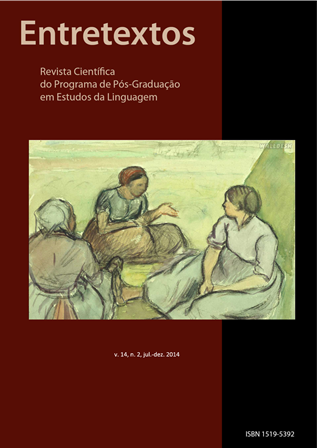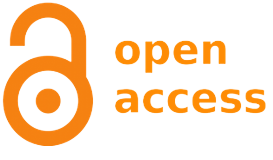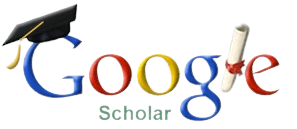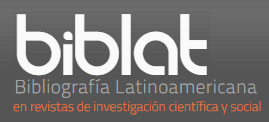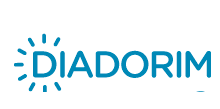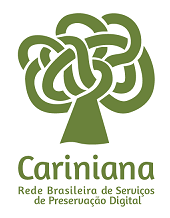Literary translation humam VS machine: an essay about online translation
DOI:
https://doi.org/10.5433/1519-5392.2014v14n2p191Keywords:
Literary translation. Human translation, Google Translator, Moll FlandersAbstract
In a world in which cultural barriers are becoming increasingly tenuous, the translation has achieved a prominent role, especially that which is done quickly, by the 'click' of a 'mouse'. This essay's main goal is to give special attention to the literary genre and to the online translation tool Google Translator, widely used either by laymen or scholars, and to show evidence of the indispensability of human wit in a translation meant to be well done. This study is based on a literary review of prominent authors such as Delille et al. (1986), John Milton (1993) and J.C. Catford (1980), with emphasis on the latter and on the Translation categories proposed by him in his book "A Theory language of Translation". Also highlighting the matter of polysemous literary translation, we aim to shed light on the translator's craft and the fallible nature of online translation. To better illustrate these principles in practice, the methodology was to perform a comparative analysis involving the original literary text Moll Flanders by Daniel Defoe (1660-1731) in English, its online translation given by GT and a translation into Brazilian Portuguese performed by Antonio Alves Cury (Ed. Abril, 1995), identifying and analyzing the degrees of textual equivalence according to the following categories: volume, levels and order (Catford, 1980). The results have led to the knowledge and elucidation of the differences between the online translation and one done by a person, especially when it comes to translating semantically complex texts as a result of creativity and high capacity of human expression.
Downloads
References
DEFOE, Daniel. The Fortunes and Misfortunes of the Famous Moll Flanders &C., EBook # 370, 1995, available at: . Acesso em: 22 nov. 2013.
DEFOE, Daniel. Moll Flanders. Tradução de Antônio Alves Cury. São Paulo: Abril Cultural, 1981.
DELILLE, Karl Heinz et al. Problemas da Tradução Literária. Coimbra: Livraria Almedina, 1986.
MILTON, John. O poder da tradução. São Paulo: Ars Poetica, 1993.
NEWMARK, Peter. Approaches to translation. Oxford, Pergamon, 1981, 200 p.
NEWMARK, Peter. A New Theory of Translation. Studia Minora Facultatis Philosophicae Universitatis Brunensis. S 13, 2007 - BRNO Studies in English 33.
ROCHA, Daniel da Silva (et. al.). A tradução da grande obra literária: depoimentos. São Paulo: Álamo, 1982.
THEODOR, Erwin. Tradução: Ofício e Arte. São Paulo: Cultrix, 1976.
Downloads
Published
How to Cite
Issue
Section
License
Copyright (c) 2014 Entretextos

This work is licensed under a Creative Commons Attribution 4.0 International License.
Entretextos adota a Licença Creative Commons Attribution 4.0 International, portanto, os direitos autorais relativos aos artigos publicados são do/s autor/es.
Sob essa licença é possível: Compartilhar - copiar e redistribuir o material em qualquer suporte ou formato. Adaptar - remixar, transformar, e criar a partir do material, atribuindo o devido crédito e prover um link para a licença e indicar se mudanças foram feitas.

